From the February 2021 issue of Apollo. Preview and subscribe here.
Seven hundred years after Dante’s death, the Divine Comedy remains an entirely singular masterpiece. Written between 1308 and 1320, it straddles the celestial and local, the universal and personal, the eternal and contemporary like no other text. The cosmic aspects are to be expected: the poem’s three books, Inferno, Purgatorio and Paradiso, address the theological question of how humans can make their way through the snares and distractions of this world to paradise above. Yet Dante does not deal with all men; his whole approach is personal. The figure we follow on the revelatory journey is a just-younger version of the poet, emphatically autobiographical, and firmly tethered to his world. When he loses his way in the dark wood – on Maundy Thursday, 1300 – he carries all the heavy baggage of Dante’s life up to that point. The result is a poem that treats the threat of exile from Florence as seriously as the threat of eternal damnation, and which chooses to communicate the mercy and perfection of God primarily through the world’s most famous schoolboy crush, Beatrice.
One aspect of Dante’s determination to root the spiritual in the real is a kind of unrelenting visual specificity. From the scrupulously delineated sufferings of the damned to the divine geometries of paradise, there is little that he does not, in the most literal sense, imagine. All of which adds up to a serious challenge for his illustrators – and goes some way to explaining why despite the Comedy’s enormous and enduring reach, there have been so few. When Botticelli produced his designs for the book nearly 200 years after its composition (c. 1480), they seem to have been the first attempt at a comprehensive visualisation. The 92 sheets that survive, with their myriad pentimenti and blanks, pay as much testament to the difficulties involved as they do to Botticelli’s brilliance. After some two decades, the artist appears to have abandoned them; and aside from the famous diagram of Hell that worked its way into early editions, they had no impact on readers’ perceptions of the poem. While others took on the task after Botticelli – among them John Flaxman and William Blake, who devoted the final years of his life to his own unfinished cycle – it was not until the second half of the 19th century that the Comedy found the illustrator who would give it its most recognisable visual form: Gustave Doré.
The apparent thinness of the visual tradition between Botticelli and Doré makes the Uffizi’s new online exhibition of the late 16th-century Dante cycle of Federico Zuccari all the more astonishing. Publicly exhibited only twice in their whole existence, Zuccari’s 88 drawings have remained available largely only to a few specialists, yet they constitute a visual commentary on the poem as remarkable as anything to be found in the better known cycles – and in certain ways more so. Undertaken, seemingly, as an act of private homage to Dante, completed in just two years (1586–88), and kept close by the artist until his death in 1609, they thrum with the same sense of the hyperreal that the poem itself does – walking the line between the cosmic and the concrete in a way that, arguably, Botticelli, Flaxman, Blake and Doré never quite manage.
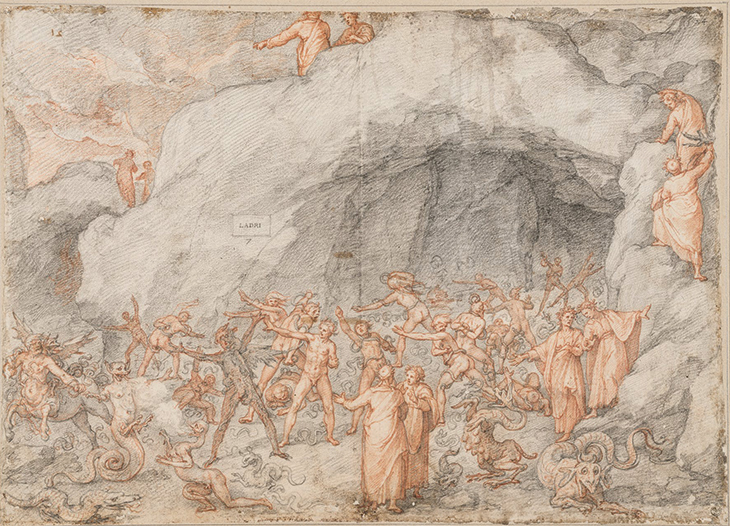
Inferno (Canti XXIV–XXVI) (1586–88), Federico Zuccari. Gallerie degli Uffizi, Florence
Nowhere is this clearer than in Inferno, where the grand gestures of Zuccari’s mannerism proliferate wildly across throngs of the damned, as the visibly terrified Dante looks on. Zuccari’s professional specialisation in large-scale frescoes – such as the vast Last Judgement he completed for the cupola of Florence’s Duomo (begun by Vasari) – gives him the ability to handle the groaning masses with compositional ease. His take on the scene in which Dante witnesses thieves tortured by and perpetually metamorphosing into serpents is simultaneously mayhem, and legible in a way that Botticelli and Blake’s versions are not. Bodied in carefully handled red chalk against the dark pencil of the infernal landscape, the thieves dash to and fro, struggling with snakes like Laocoön here, morphing into them there, while those thieves already transformed into lizards express their lost humanity in gaping parodies of bipedal flight. Botticelli’s version dissolves into details without depth; Blake’s plates hover near cartoonishness; Doré avoids metamorphosis altogether, settling for an elegant neoclassical knot of limbs and serpents. Zuccari, more than any of the others, shows just why his Dante is turning away. You do not need to read Zuccari’s own commentary on each image to see how carefully he is responding to the poem.
Artists, like plenty of readers, have tended to be most excited by Inferno, moderately interested in Purgatorio, and vaguely put off by Paradiso – the point at which Dante’s imagination attempts to reach beyond both the verbal and the visual in its effort to express the ineffable. Zuccari is made of slightly sterner stuff – attuned to and interested in Dante’s cosmology in ways that the poet’s other illustrators are not. The sympathy runs deep: both were obsessed with the idea of design as communicating the divine to the human, and vice-versa. For Dante, this expressed itself in his carefully structured cosmos, laid out with meticulous geographical and geometrical care, and in the trinitarian design of his poem: 100 canti, divided across three cantiche, each composed of Dante’s concatenating terza rima, and each ending on the same word, stelle, stars. Zuccari, meanwhile, wrote his own tract on disegno, attempting to promote it to the level of an all-encompassing theological and philosophical concept. After all, he argued, what else is disegno but dio segno: the sign of God in us.
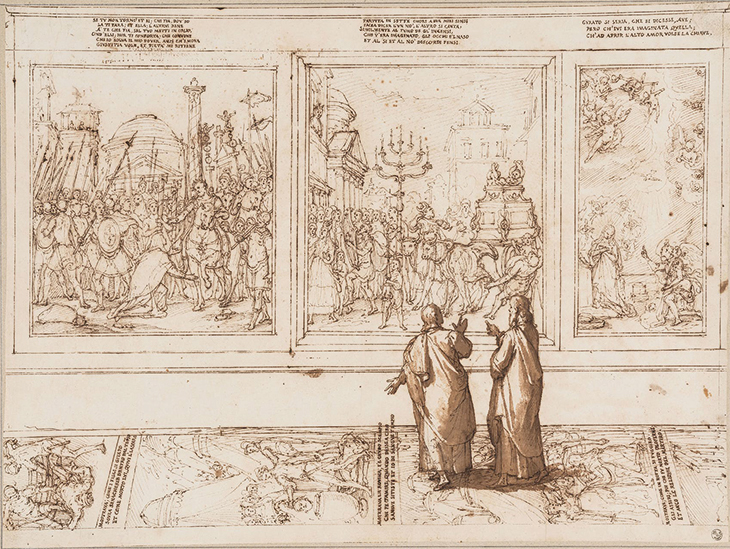
Purgatorio (Canti X–XII) (1586–88), Federico Zuccari. Gallerie degli Uffizi, Florence
He is, therefore, more than happy to follow Dante to the upper regions. Purgatorio receives more extensive treatment than Inferno, shifting to delicate ink and wash to signify Dante’s passage to the kingdom of the saved, with increasing amounts of the text itself infiltrating each page. While only 11 plates are dedicated to Paradiso, they are among the finest in the album: combining the figurative and the geometrical, and culminating in a radiant image that transfers to an expanded page the kind of architectural grandeur achieved in his and Vasari’s cupola. There is something touching about the thought of Zuccari, in this last plate, privately, carefully, pasting extra pieces on to his folio, to try and find space for a vision that, in its last instance, presents the universe and its divinity as a book, bound with light.
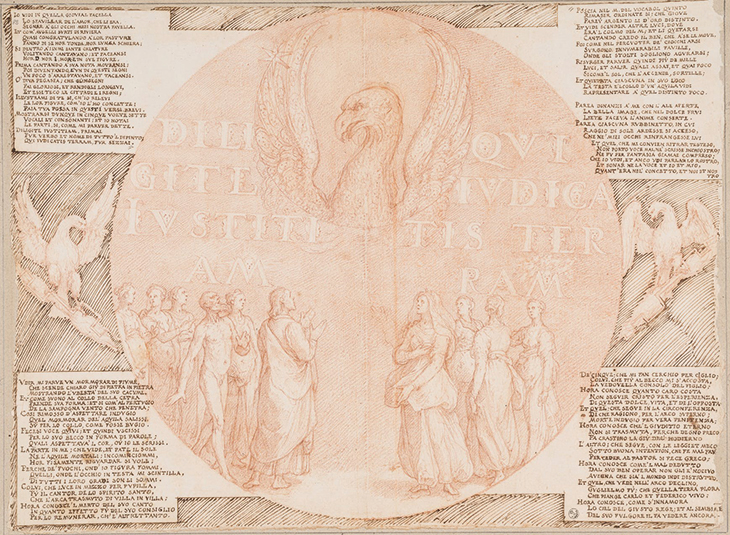
Paradiso (Canti XVIII–XX) (1586–88), Federico Zuccari. Gallerie degli Uffizi, Florence
There is a lot to absorb here – a testament above all to Zuccari’s attention to Dante – and the online format is a blessing for doing so. Viewers will want to come back, perhaps with their Comedy in hand, to zoom in, compare and contrast; and this gives them the capability and the leisure to. Given the richness of it all, it is a little churlish to wish that the Uffizi had provided more in the way of context, and more scholarship on Zuccari himself. Beyond dating the images to his (unsuccessful) sojourn in Spain working for Felipe II, the show tells, and asks, vanishingly little about his project; and, for now, non-Italian speakers will need Google Translate if they are to read any of the information at all (the Uffizi is working on an English translation). It is just as well, in the end, that the images themselves are so eloquent.
‘To rebehold the stars: Dante illustrated – a tribute for the 700th anniversary of the death of the great poet’ is online at the Gallerie degli Uffizi’s website.
From the February 2021 issue of Apollo. Preview and subscribe here.
Unlimited access from just $16 every 3 months
Subscribe to get unlimited and exclusive access to the top art stories, interviews and exhibition reviews.

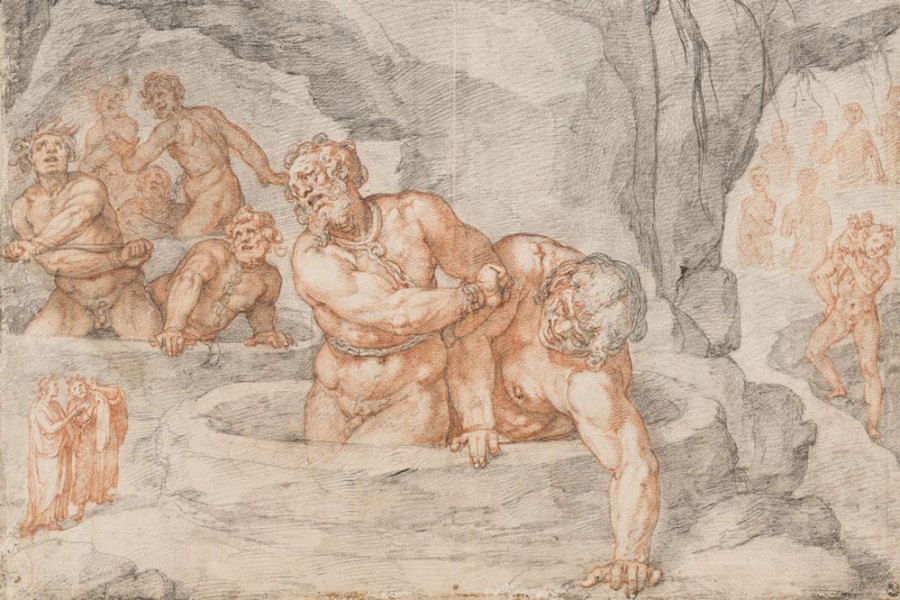
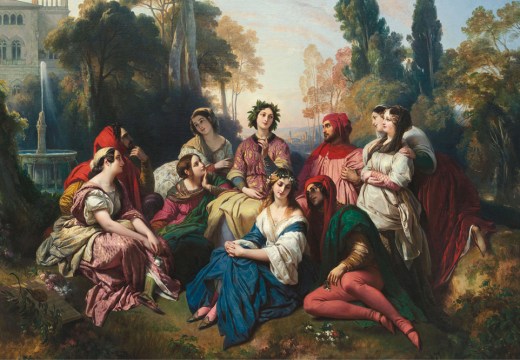
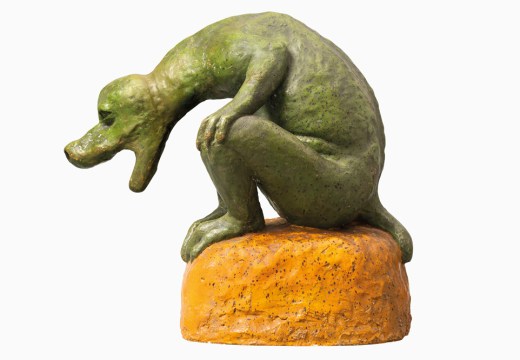










![Masterpiece [Re]discovery 2022. Photo: Ben Fisher Photography, courtesy of Masterpiece London](http://www.apollo-magazine.com/wp-content/uploads/2022/07/MPL2022_4263.jpg)
It’s time for the government of London to return to its rightful home